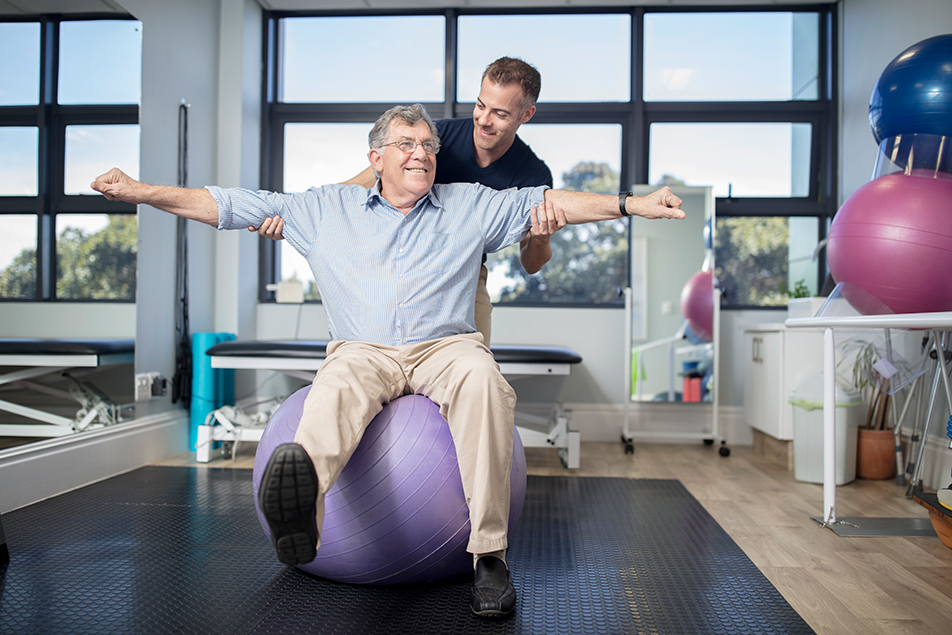A Complete Guide to Vestibular Therapy in Singapore for Balance and Dizziness Issues
Balance and stability are essential for performing daily activities safely and confidently. However, many individuals experience issues such as dizziness, vertigo, and unsteadiness due to vestibular disorders. Vestibular Therapy Singapore offers specialized rehabilitation programs designed to address these challenges, helping patients regain balance, reduce dizziness, and improve overall quality of life.
Vestibular therapy is a form of physical rehabilitation focused on the vestibular system, which is responsible for maintaining balance and spatial orientation. Disorders affecting this system can result from inner ear problems, head injuries, neurological conditions, or age-related changes. By targeting the root causes of imbalance, vestibular therapy aims to restore proper function and enhance daily mobility in a safe and structured manner.
Understanding Vestibular Disorders
Vestibular disorders encompass a wide range of conditions that disrupt the inner ear and its communication with the brain. Common symptoms include dizziness, vertigo (a spinning sensation), nausea, blurred vision, unsteady gait, and difficulty with coordination. These issues can significantly impact daily activities, limit independence, and increase the risk of falls. Early diagnosis and intervention are critical for effective treatment and prevention of long-term complications.
The Role of Vestibular Therapy
Vestibular therapy involves a combination of exercises and interventions tailored to each patient’s specific needs. The primary goals are to reduce dizziness, improve balance, enhance coordination, and retrain the brain to process sensory information effectively. Therapists use evidence-based techniques to stimulate and strengthen the vestibular system, gradually helping patients regain confidence in their movements.
Components of Vestibular Therapy
Vestibular therapy programs typically include the following components:
1. Balance and Gait Training
Exercises focus on improving stability, posture, and walking patterns. Patients practice controlled movements, shifting weight, and coordinating steps to enhance overall balance. These activities are gradually adjusted in difficulty to ensure progress while maintaining safety.
2. Eye and Head Coordination Exercises
The vestibular system is closely linked to vision. Therapists guide patients through exercises that train eye and head coordination, helping reduce dizziness triggered by movement or visual stimuli. Techniques may include tracking moving objects, focusing exercises, and controlled head rotations.
3. Habituation Exercises
Habituation involves repetitive exposure to movements or positions that trigger dizziness, allowing the brain to adapt over time. This method helps desensitize patients to provocative stimuli, reducing the frequency and intensity of vertigo episodes.
4. Strength and Conditioning
Physical fitness plays a vital role in maintaining balance. Vestibular therapy may incorporate strength and conditioning exercises to improve core stability, leg strength, and overall endurance. Strong muscles support better posture and movement control, contributing to improved balance.
5. Education and Fall Prevention
Therapists provide guidance on managing symptoms, avoiding risky situations, and adopting safe practices in daily life. Education may include strategies for navigating stairs, uneven surfaces, or crowded environments, reducing the likelihood of falls and injuries.
Benefits of Vestibular Therapy
Vestibular therapy offers numerous benefits, including:
-
Reduced dizziness and vertigo: Targeted exercises help minimize symptoms over time.
-
Improved balance and coordination: Patients gain confidence in their movements, reducing the risk of falls.
-
Enhanced mobility and independence: Individuals can perform daily activities more safely and efficiently.
-
Better quality of life: Reduced anxiety, increased confidence, and improved physical function contribute to overall well-being.
Choosing the Right Therapy Program in Singapore
Selecting a reputable clinic for vestibular therapy is essential for effective results. Look for certified physiotherapists with specialized training in vestibular rehabilitation. Personalized programs, state-of-the-art equipment, and a comprehensive assessment process ensure that therapy addresses the patient’s unique condition and goals. Clinics offering holistic approaches, combining exercises, education, and ongoing support, provide the best chance of successful recovery.
Conclusion
Vestibular Therapy Singapore offers a targeted and evidence-based solution for individuals experiencing balance and dizziness issues. Through a combination of balance training, coordination exercises, habituation techniques, and education, patients can restore vestibular function, reduce symptoms, and regain confidence in daily activities. Early intervention, personalized treatment plans, and professional guidance are key to achieving optimal outcomes and improving overall quality of life for those affected by vestibular disorders.




